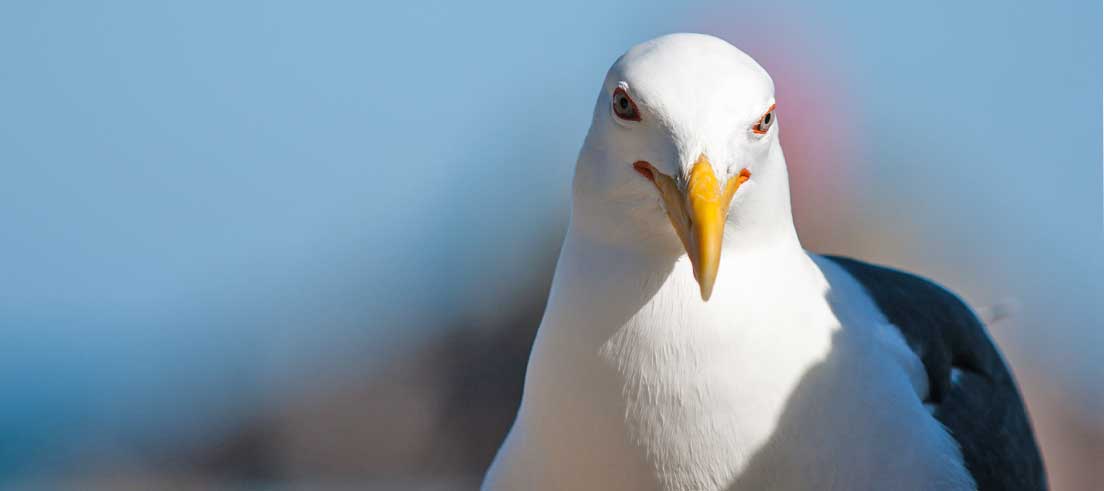
Karoro/Southern black-backed gull control set to begin to protect rare river birds
From September 2023 until February 2024 we're conducting a Karoro/Southern black-backed gull control operation, targeting eggs and nests, at the Ashley River/Rakahuri.
The Ashley River/Rakahuri is a globally rare ecosystem called a braided river that is home to a number of rare, threatened bird species that nest on the riverbed, such as black-fronted tern/tarapirohe, black-billed gull/tarāpuka, wrybill/ngutu pare, and banded dotterel/tūturiwhatu.
One of the threats these species face comes from another feathered flier, the karoro/Southern black-backed gull, which preys on the eggs and chicks of these birds.
Most people will instantly recognise the karoro given their large size and presence around wharves, garbage dumps and seafood processing plants. Karoro are a native scavenger species, but their population has rapidly increased following agricultural development in Aotearoa New Zealand and they have adapted very well.
During the breeding season, they nest around the Ashley Estuary and directly compete with, displace and prey on the smaller, threatened bird species. They also will harass migrating Arctic birds, like the bar-tailed godwit.
Grant Davey, who is part of the Ashley-Rakahuri Rivercare Group (ARRG), has witnessed the negative impact karoro have on other birds first-hand.
"Last year a large white-fronted tern colony, with approximately 1000 birds, was initiated on the Ashley spit. This was abandoned, and karoro were seen in trail camera images at night raiding the colony. All that remained were karoro tracks and some broken eggshells. The terns did not re-nest at the estuary."
Aim of the control operation
The aim of the control operation is to displace the karoro population from the Estuary as effectively and humanely as possible by removing eggs and nests, without compromising the safety of non-target species or the public. This is to discourage karoro from using the site for future nests, thus assisting with the recovery of threatened braided river bird species.
Last season, approximately 250 karoro nests were found at the estuary, but there were more present outside the study area (north of the Ashley mouth), meaning that, at times, there would be more than 500 present in the area.
"This makes karoro the third-most numerous species in the estuary - behind black-billed gulls (approximately 800) and, on occasion, white-fronted terns (approximately 1000). This represents a totally unsustainable situation; predator species should not be so numerous in comparison to their prey. It has been known for many years that karoro can wipe out all the nests of large colonies of other gulls and white-fronted terns," Grant says.
Control work will take place over the breeding season, from September 2023 until February 2024.
We are also working with Ngāi Tūāhuriri on egg removal for mahinga kai/mahika kai, which relates to the traditional value of food resources and their ecosystems, as well as the practices involved in producing, procuring, and protecting these resources.


